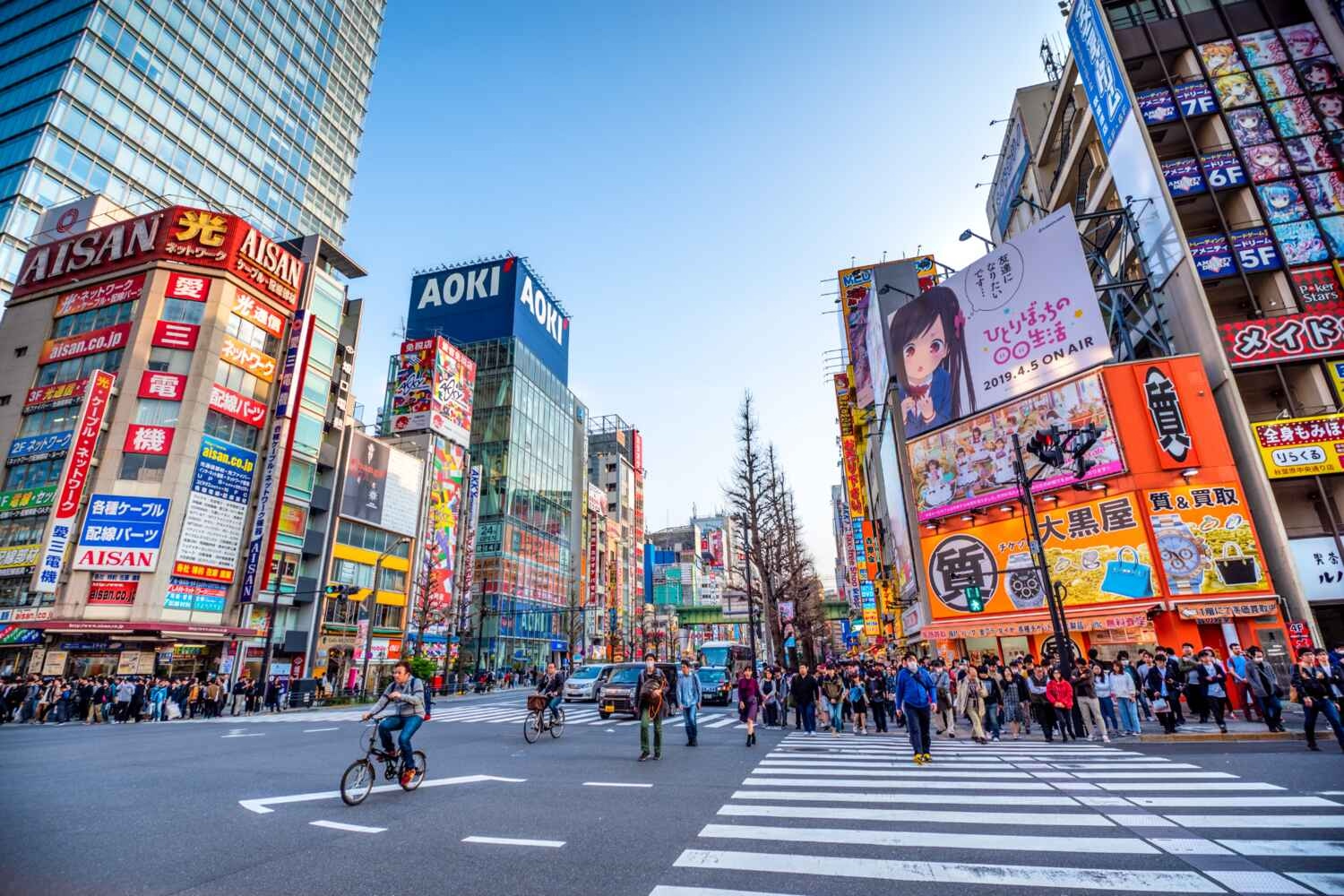Tokyo
A Dazzling Blend of Tradition and Future
🗣️ Official Language
🛂 Visa Requirements
🗓️ Best Time to Visit
💰 Currency
🔌 Voltage & Plug Type
📞 Country Phone Code
🛡️ Safety Level
🆘 Emergency Number
Introduction
“I’ll never forget stepping out of Shinjuku Station at midnight, jet-lagged and disoriented, only to be swallowed by neon skyscrapers and a maze of izakaya alleys.
As a Spanish-Azerbaijani traveler who’s navigated 52 countries, I’ve learned that where to stay in Tokyo shapes your entire experience—whether it’s your first time or your tenth.”
The Takeaway of Beginning
Tokyo’s neighborhoods are a study in contrasts: serene temples nestle beside robot cafes, and $10 ramen shops share streets with Michelin-starred sushi bars.
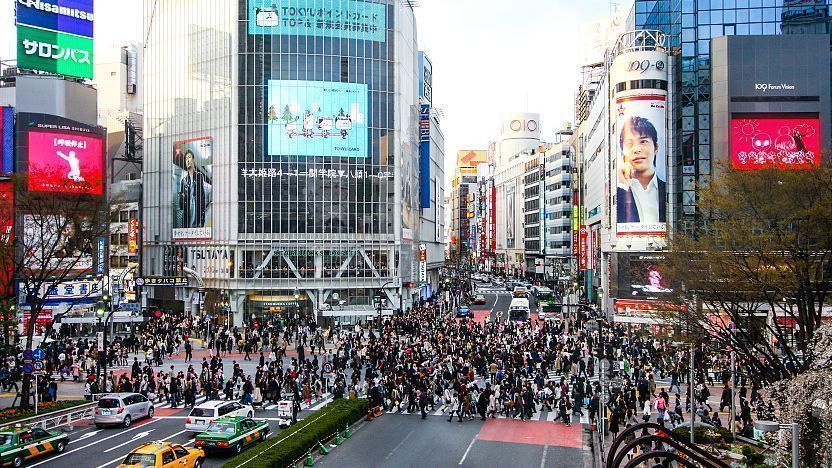
But with 23 wards and endless options, choosing the best area to stay in Tokyo can overwhelm even seasoned explorers.
QuickNav
This guide cuts through the noise with 2025-specific insights, from exact costs (hostels to ryokans) to safety protocols in districts like Shibuya and Asakusa.

Drawing on my own missteps—like booking a “central” hotel that required three train transfers—I’ll show you how to match your travel style to Tokyo’s quirks.
Whether you’re chasing nightlife, tradition, or Mt. Fuji day trips, you’ll leave knowing exactly where to stay in Tokyo—and how to avoid my rookie mistakes.
2. Best Areas to Stay in Tokyo for First-Time Visitors
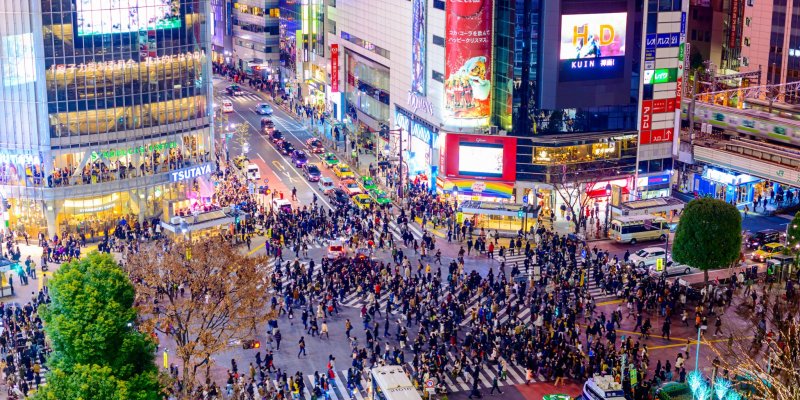
Choosing where to stay in Tokyo as a first-time visitor can feel like decoding a futuristic labyrinth.
Having navigated 52 countries—from Baku’s fiery temples to Barcelona’s Gothic Quarter—I’ve learned that Tokyo’s neighborhoods demand a strategic approach.
Below, I break down three top areas tailored to different travel styles, complete with 2025-specific costs, safety insights, and hard-won lessons from my own misadventures.
2.1 Shinjuku: The Pulse of Tokyo’s Nightlife and Transport
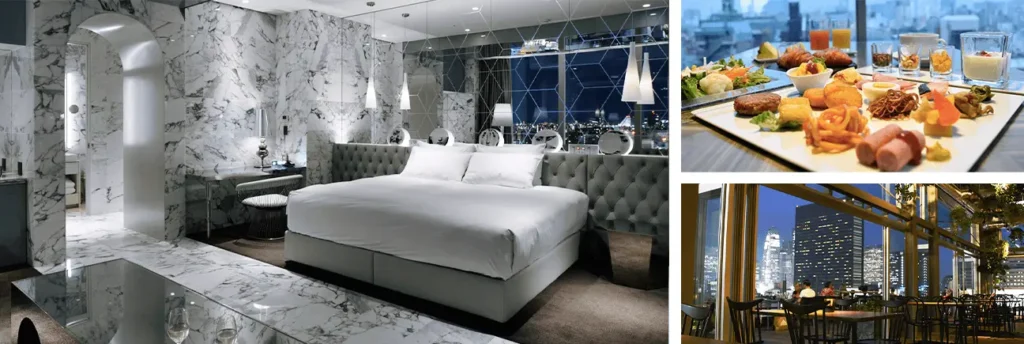
Stepping out of Shinjuku Station (the world’s busiest, with 3.6 million daily riders), I was engulfed by neon skyscrapers and the hum of izakaya alleys.
While overwhelming at first, Shinjuku’s 24/7 energy and unmatched transit links make it ideal for night owls and efficiency seekers.
Practical Details:
- Transport: Direct Narita Express access (¥3,250, 90 mins), JR Yamanote Line hub.
- Accommodation:
- Budget: Nine Hours Shinjuku North capsule hotel (¥4,500/night).
- Luxury: Park Hyatt Tokyo (¥65,000/night; book via Hyatt).
- Safety: Avoid Kabukicho’s backstreets after midnight; stick to well-lit areas like Lumine Mall.
Personal Story: A wrong turn led me to Omoide Yokocho (“Memory Lane”), where smoky yakitori stalls and salarymen shared stories over ¥500 skewers—a touristy but unforgettable experience.
2.2 Shibuya: Youth Culture and Iconic Crossings
Shibuya is Tokyo’s beating heart for Gen Z travelers. The Scramble Crossing—2,500 people surging at once—left me breathless, but the district’s blend of thrift shops (Shibuya PARCO) and tech hubs (Nintendo Tokyo) kept me coming back.
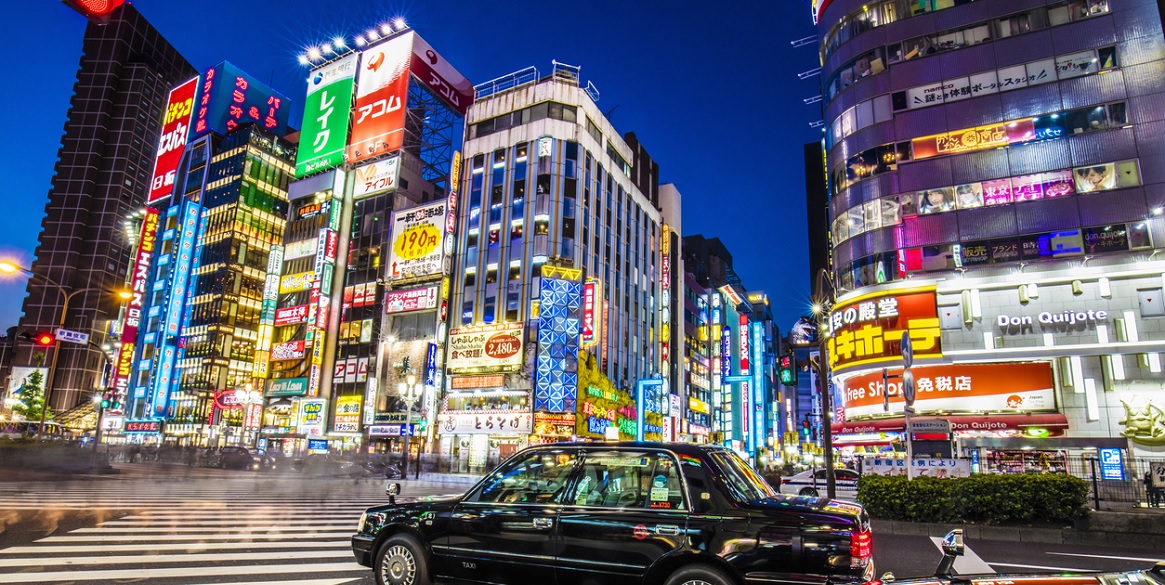
Practical Details:
- Transport: 8 mins to Shinjuku via JR Yamanote Line (¥170).
- Accommodation:
- Mid-Range: Shibuya Excel Hotel Tokyu (¥18,000/night; official site).
- Hostel: Book and Bed Tokyo (¥3,200/night; bookshelf-themed bunks).
- Safety: Watch for pickpockets in crowded Center Gai; police koban near Hachiko Statue.
2025 Update: New rooftop observatory at Shibuya Sky—reserve slots early via Klook.
2.3 Asakusa: Timeless Tradition on a Budget
Asakusa’s nakamise shopping street, leading to the majestic Senso-ji Temple, transported me to old-world Japan. For travelers craving culture over crowds, this area delivers—without breaking the bank.
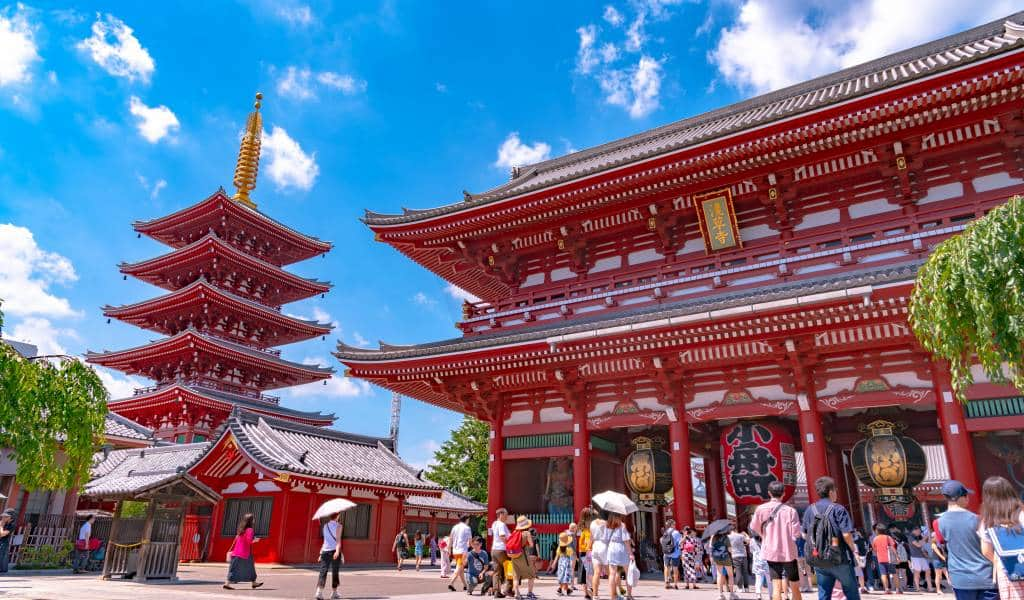
Practical Details:
- Transport: 30 mins to Shinjuku via Tokyo Metro Ginza Line (¥240).
- Accommodation:
- Ryokan: Asakusa Hotel Wasou (¥12,000/night; tatami mats and onsen).
- Budget: Khaosan Tokyo Kabuki (¥2,800/night; dorm-style).
- Safety: Quiet after 9 PM; ideal for families.
Pro Tip: Rent a kimono (¥3,500/day) from Asakusa Aiwafuku for temple photos without the Kyoto prices.
2.4 Tokyo’s Best Areas Compared

| Area | Best For | Avg. Cost/Night |
| Shinjuku | Nightlife/Transport | ¥8k–¥65k |
| Shibuya | Youth Culture | ¥3k–¥18k |
| Asakusa | Culture/Budget | ¥2k–¥12k |
3. Is It Better to Stay in Shinjuku or Shibuya?
As a traveler who’s stayed in both districts, I’ll settle this debate: Shinjuku and Shibuya cater to entirely different vibes. Shinjuku is Tokyo’s unapologetic adrenaline rush, while Shibuya offers curated chaos with a Gen Z twist. Here’s how to decide:
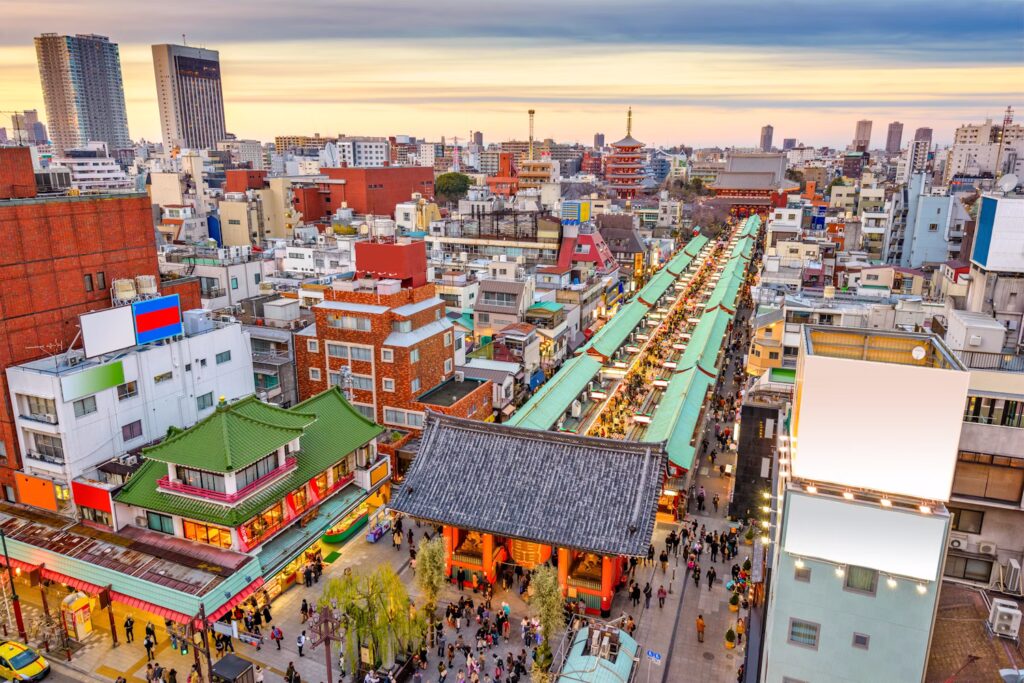
3.1 Shinjuku: For the Night Owls and Efficiency Seekers
Why Choose Shinjuku?
- 24/7 Energy: Bars in Golden Gai stay open until 5 AM (try Albatross for ¥1,000 cocktails).
- Transport Hub: Direct trains to Nikko, Hakone, and Narita Airport (no transfers needed).
- Food Scene: Robot Restaurant is gone, but Omoide Yokocho still serves yakitori skewers for ¥400–800.
Drawbacks:
- Overstimulation: My first night here left me wandering Kabukicho’s maze of hostess club touts—stick to main streets.
- Noise: Budget hotels near the station (e.g., APA Hotel) face train tracks; pack earplugs.
2025 Cost Example:
- Mid-range hotel: ¥15,000–¥25,000/night (Shinjuku Granbell Hotel).
- Cheapest meal: ¥500 7-Eleven onigiri.
3.2 Shibuya: For Trendsetters and Photographers
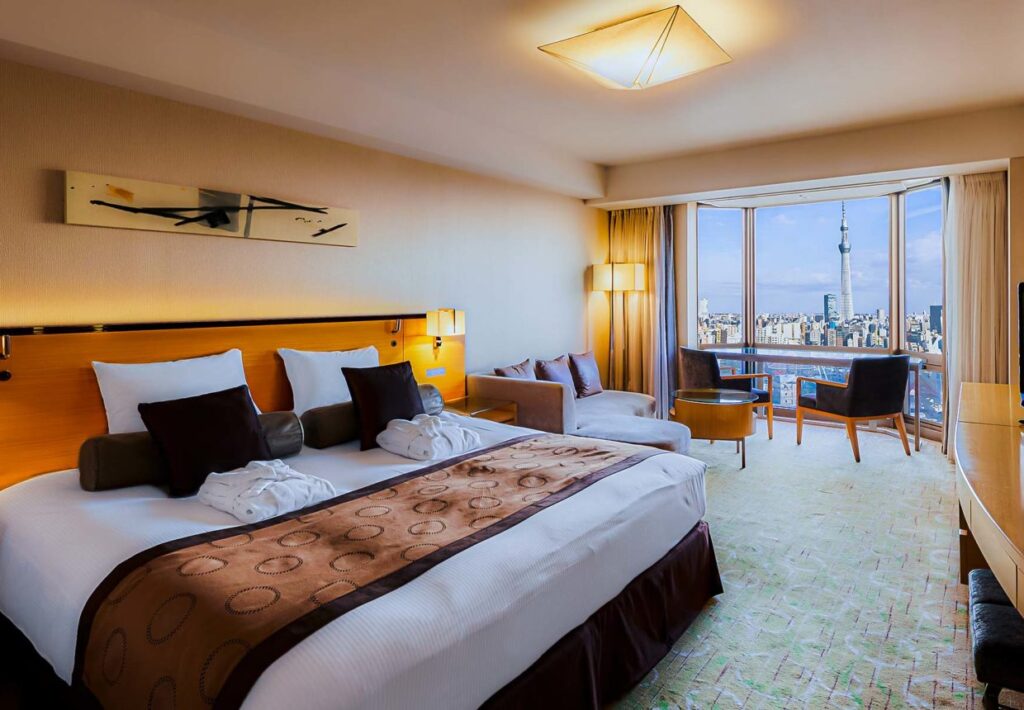
Why Choose Shibuya?
- Iconic Landmarks: The Scramble Crossing and Hachiko Statue are must-sees (go at dawn for crowd-free photos).
- Shopping: Shibuya PARCO houses Nintendo Tokyo and niche anime stores (open 10 AM–9 PM).
- Day-to-Night Transition: Cafés like Streamer Coffee (¥600 lattes) morph into bars like Nonbei Yokocho.
Drawbacks:
- Crowds: Shibuya Station’s “Hachiko Exit” bottlenecks during rush hour (avoid 8–9 AM).
- Prices: Dinners at Uobei Sushi (conveyor belt) cost ¥1,500 vs. Shinjuku’s ¥900 standing bars.
2025 Cost Example:
- Mid-range hotel: ¥18,000–¥30,000/night (Shibuya Excel Hotel Tokyu).
- Metro from Haneda: ¥1,400 via Keikyu Line (50 mins).
3.3 The Verdict
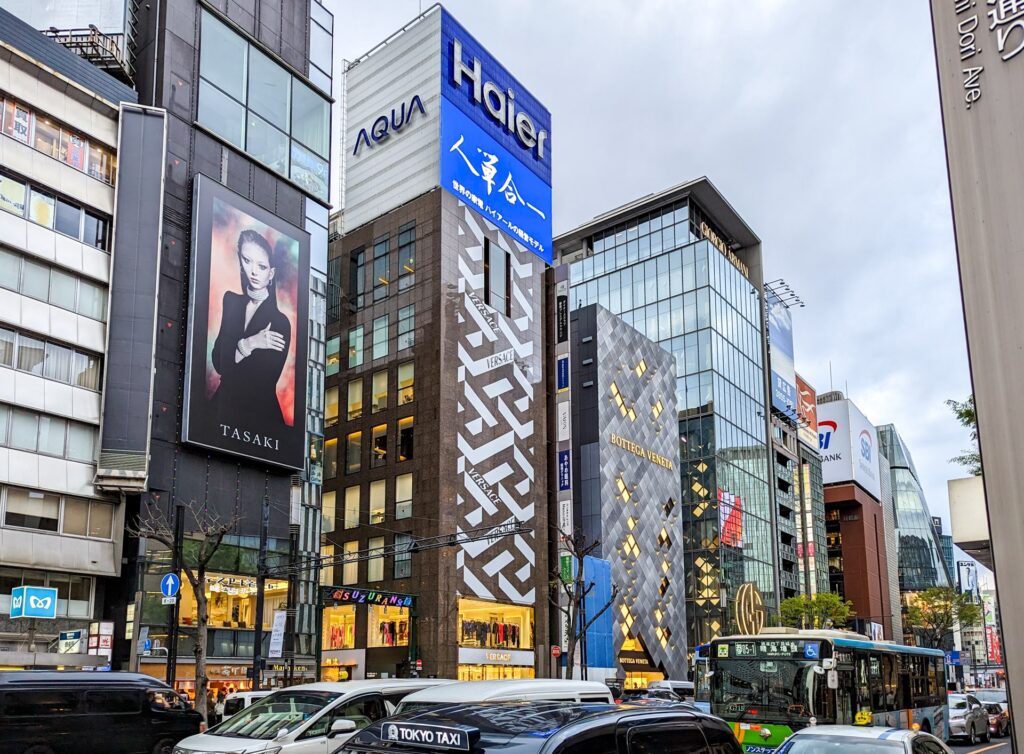
| Factor | Shinjuku | Shibuya |
| Nightlife | Open until 5 AM | Trendy, closes by 1 AM |
| Transport | Direct airport links | Metro-centric |
| Budget | More hostels (¥3k–¥8k) | Mid-range focus |
My Take: Stay in Shinjuku if you prioritize convenience and nightlife; pick Shibuya for Instagrammable moments and youth culture.
4. Which District is Best for Tourists in Tokyo?
Tokyo’s “best” district depends on your travel personality:
- Asakusa (Traditionalists): Wake up to Senso-ji Temple’s 6 AM chanting.
- Ginza (Luxury Shoppers): Chanel and ¥10,000 wagyu dinners at Sukiyabashi Jiro.
- Roppongi (Nightlife + Art): Mori Art Museum by day, clubs like V2 Tokyo by night.
Pro Tip: Split your stay—3 nights in Shinjuku/Shibuya, 2 in Asakusa. Use coin lockers (¥500/day) at stations for luggage-free day trips.
5. Safest Areas in Tokyo for Solo Travelers
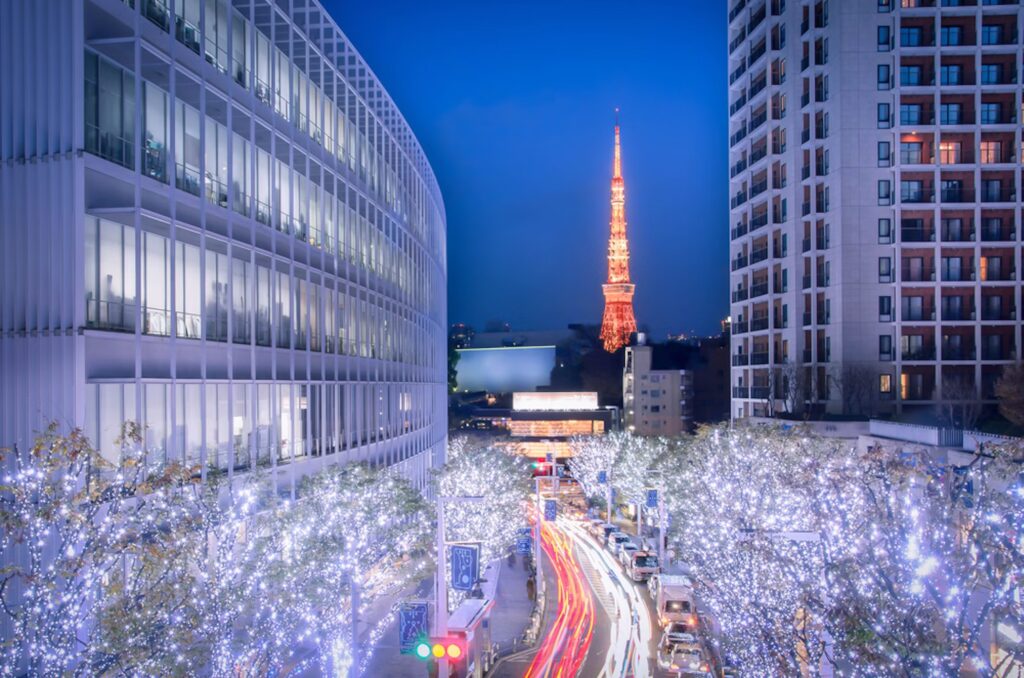
Tokyo consistently ranks among the world’s safest cities, but as a solo traveler who’s navigated 52 countries (including late-night walks in Baku and Barcelona), I know where you stay matters. These districts balance low crime rates, 24/7 amenities, and easy navigation—critical for those exploring alone.
5.1 Roppongi: Well-Lit Streets and Embassy Security
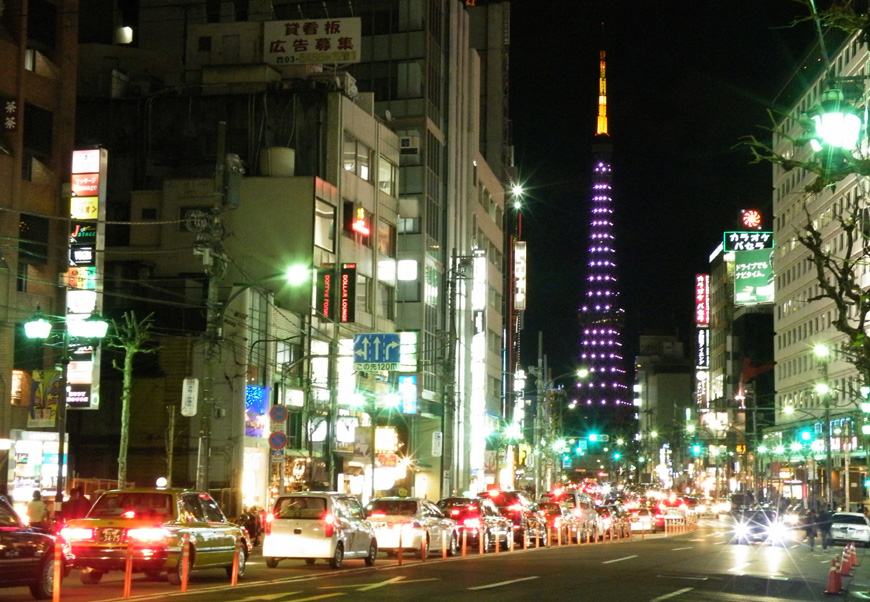
Roppongi’s reputation as a nightlife hub might raise eyebrows, but its proximity to 20+ embassies (including the U.S. and U.K.) means heightened police patrols and English-speaking assistance.
After a mishap in Osaka where I lost my passport, I’ve prioritized areas like this for their security infrastructure.
Safety Features:
- Lighting: Streets like Roppongi Hills Promenade stay illuminated until 2 AM.
- Emergency Access: Police koban boxes every 300m; dial #9110 for English-speaking officers.
- Accommodation:
- Mid-Range: The Prince Gallery Tokyo (¥35,000/night; direct Metro links).
- Budget: Hostel Bedgasm (¥4,500/night; female-only dorms available).
2025 Update: New AI-powered security cameras installed in nightlife zones.
5.2 Ginza: Upscale and Ultra-Secure
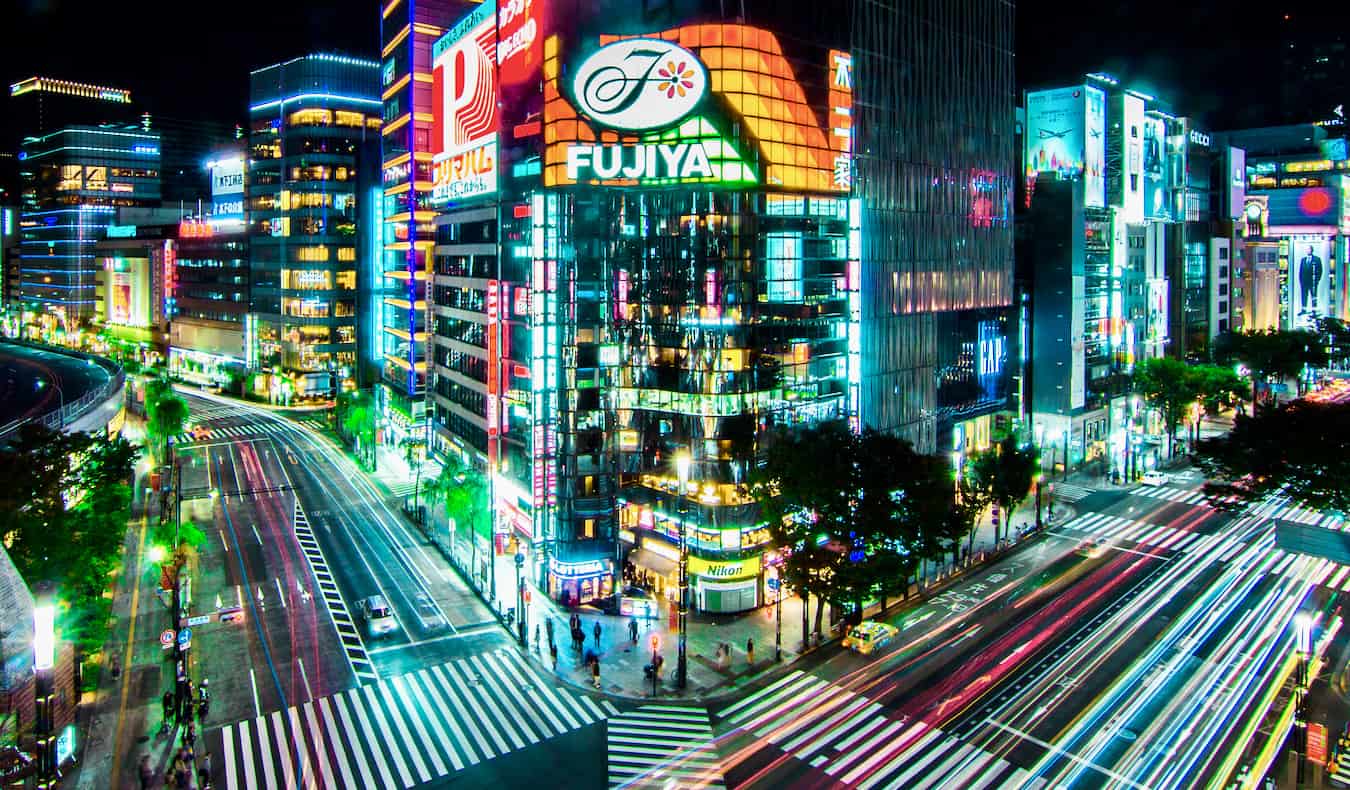
Ginza’s luxury boutiques (Chanel, Louis Vuitton) attract wealthy locals and tourists, resulting in a 0.2% theft rate—Tokyo’s lowest. During my stay here, I felt safe walking alone at 3 AM to photograph the deserted Wako Building.
Safety Features:
- Surveillance: Stores deploy facial recognition to deter shoplifters.
- Transport: Hibiya Line runs until 12:30 AM; taxis queue at Mitsukoshi Department Store.
- Accommodation:
- Luxury: Mandarin Oriental (¥90,000/night; in-room panic buttons).
- Budget Hack: Capsule hotels like Nine Hours Ginza (¥6,000/night).
Pro Tip: Use Ginza’s underground pedestrian networks during rainstorms.
5.3 Meguro: Residential Tranquility
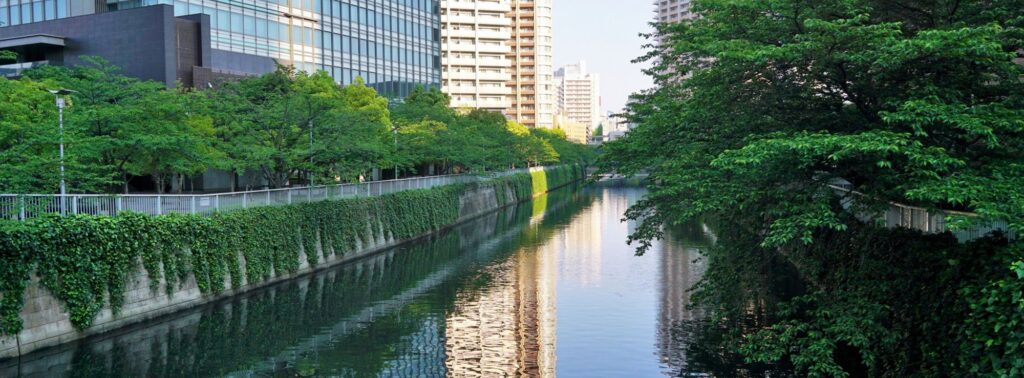
Meguro’s cherry tree-lined river and cafés (Blue Bottle Coffee) cater to digital nomads and families. With 80% residential housing, it’s Tokyo’s answer to Amsterdam’s Jordaan district—quiet but centrally located.
Safety Features:
- Community Vigilance: Local chonaikai (neighborhood associations) monitor strangers.
- Healthcare Access: St. Luke’s International Hospital (English-speaking staff) is 10 mins by taxi.
- Accommodation:
- Mid-Range: Meguro Hotel (¥22,000/night; free panic whistles).
- Airbnb: Private apartments from ¥12,000/night (verify licenses here).
Personal Story: A local grandma once escorted me to my Airbnb after I misread a map—Meguro’s community spirit shines.
5.4 Safety Comparison Table

| Area | Safety Features | Avg. Cost |
| Roppongi | 24/7 lighting, embassies | ¥4k–¥35k |
| Ginza | Low theft (0.2%), upscale | ¥6k–¥90k |
| Meguro | Quiet, community patrols | ¥12k–¥22k |
Pro Tip: Download the Tokyo Safety App (iOS/Android) for real-time crime maps and emergency translator services.
6. How Many Days in Tokyo?
Tokyo’s sprawling neighborhoods and layered culture demand careful planning—especially if you’re balancing day trips like Mt. Fuji with urban exploration. After spending months in the city (and learning the hard way that three days is not enough), here’s my breakdown for maximizing your stay:
6.1 The 3-Day Sprint: Tokyo Essentials
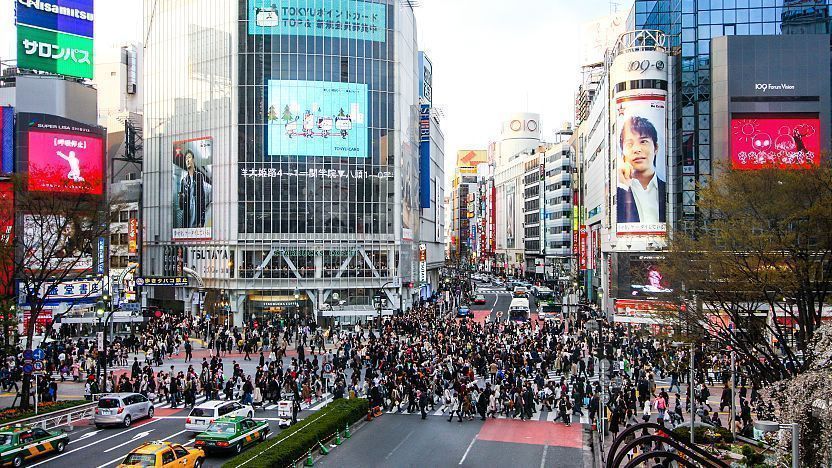
Perfect for first-timers or layovers.
Day 1: Shibuya & Shinjuku
- Morning: Shibuya Crossing, Hachiko Statue, and breakfast at Streamer Coffee (¥600 latte).
- Afternoon: Meiji Shrine (free) and Harajuku’s Takeshita Street (¥1,000 for crepes/souvenirs).
- Evening: Shinjuku’s Omoide Yokocho (¥2,000 for yakitori and beer).
Day 2: Asakusa & Ueno
- Morning: Senso-ji Temple (opens 6 AM) and Nakamise Street (¥500–¥1,500 snacks).
- Afternoon: Ueno Park (free) and Tokyo National Museum (¥1,000 entry).
- Evening: Skytree observation deck (¥3,100; book via official site).
Day 3: Day Trip to Nikko or Kamakura
- Nikko: UNESCO World Heritage shrines (2-hour train, ¥4,000 round-trip).
- Kamakura: Great Buddha and coastal hikes (1-hour train, ¥2,500 round-trip).
Cost Total: ¥25,000–¥35,000 (excl. accommodation).
6.2 The 5-Day Deep Dive: Beyond the Classics
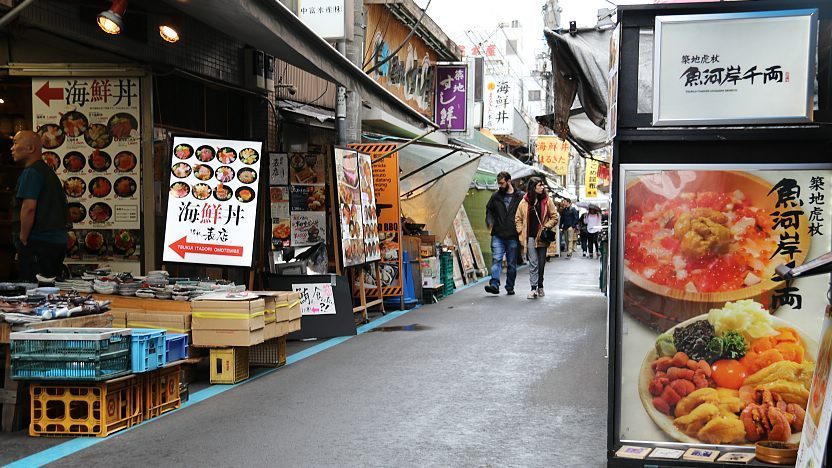
Ideal for culture buffs and foodies.
Day 4: Tsukiji Market & Ginza
- 5 AM: Toyosu Market tuna auction (¥3,000 guided tour; reserve here).
- Lunch: Sushi Dai (¥5,000 omakase) or Tsukiji Outer Market street food (¥1,500).
- Evening: Ginza bar-hopping at Star Bar (¥2,500 cocktails).
Day 5: Odaiba & Roppongi
- Morning: teamLab Planets (¥3,800; tickets here).
- Afternoon: Mori Art Museum (¥2,300; website).
- Night: Roppongi Hills夜景 (night views) or Robot Restaurant successor shows (¥5,000).
Pro Tip: Buy a 72-hour Tokyo Metro Pass (¥1,500) for unlimited rides.
6.3 The 7-Day Immersion: Live Like a Local
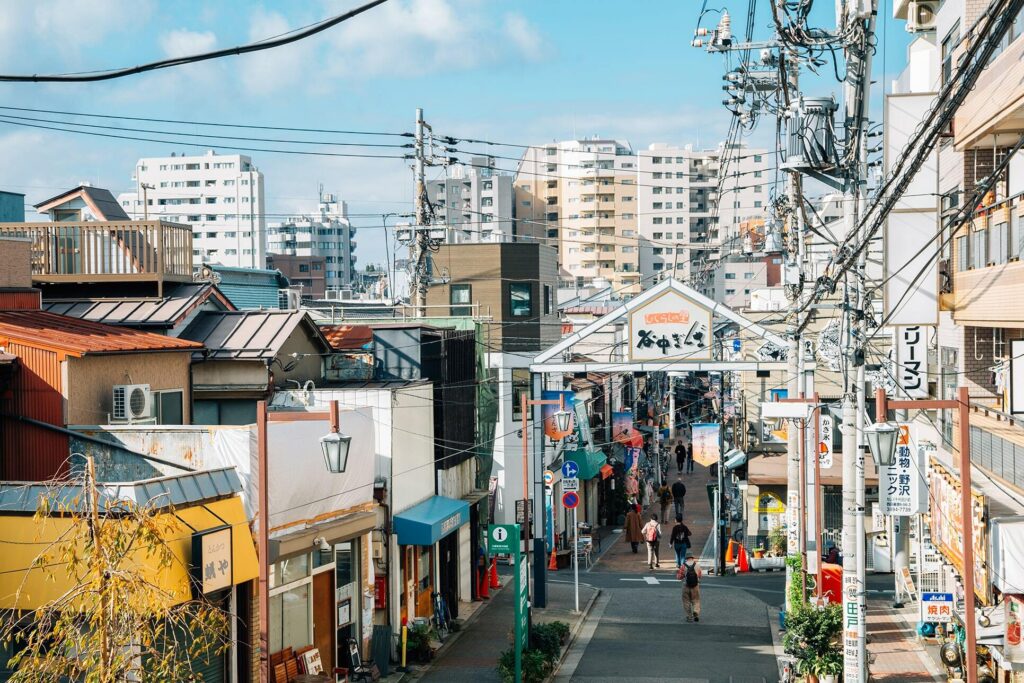
For repeat visitors craving hidden gems.
Day 6: Yanaka & Shimokitazawa
- Yanaka: Retro streets, cat cafés (¥1,200/hour), and Kayaba Coffee (¥500 espresso).
- Shimokitazawa: Thrift shopping (¥2,000 vintage jackets) and indie live houses.
Day 7: Sumo Stables & Onsens
- 5:30 AM: Watch sumo morning practice (¥5,000; book via Japan Experience).
- Afternoon: Oedo Onsen Monogatari (¥3,000; includes yukata rental).
| Day | Focus & Activity | Budget/Day |
| 1 | Shibuya/Shinjuku highlights | ¥8k |
| 2 | Asakusa/Ueno culture | ¥7k |
| 3 | Nikko/Kamakura day trip | ¥12k |
Personal Insight: I once tried cramming all of Tokyo into 72 hours—ended up missing my flight to Osaka. Prioritize depth over checklist tourism.
7. Mt. Fuji Logistics: Day Trips, Costs & 2025 Updates
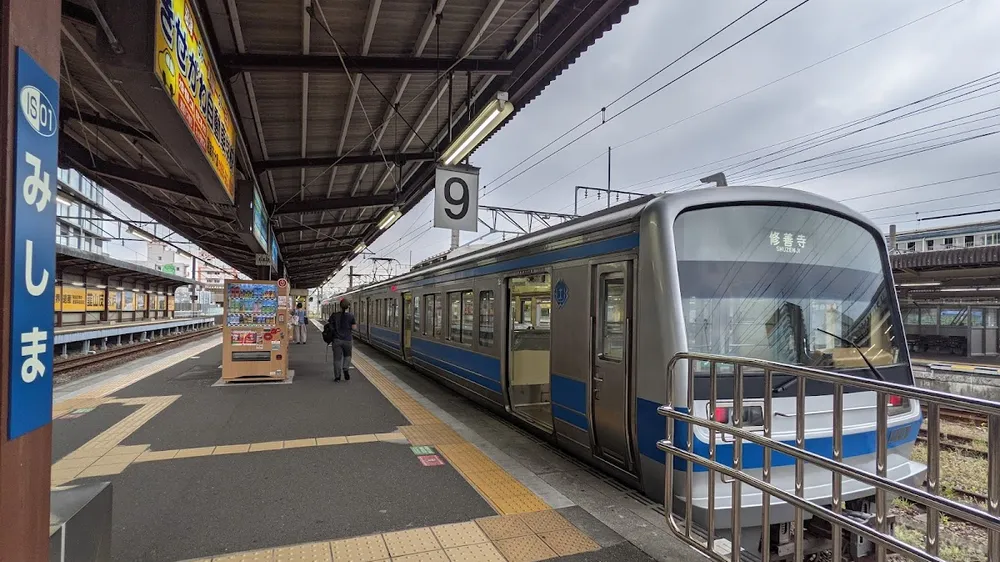
Climbing Mt. Fuji’s slopes at sunrise—with the clouds pooling like liquid gold below—is a rite of passage for travelers. But as someone who’s tackled the Yoshida Trail and missed the last bus back to Tokyo (a ¥25,000 taxi lesson), I’ll help you avoid my blunders.
7.1 How Long is the Train Ride from Tokyo to Mt. Fuji?
The journey hinges on your starting point and transport choice:
| Route | Cost | Book |
| Shinjuku → Kawaguchiko | ¥4130 | JR East |
| Tokyo Station → Mishima | ¥6500 | SmartEX |
| Shibuya → Fuji-Q Highland | ¥2300 | Highway Bus |
Pro Tip: Trains are faster but pricier; buses offer free Wi-Fi and luggage storage.
7.2 Is Fuji a Day Trip from Tokyo?
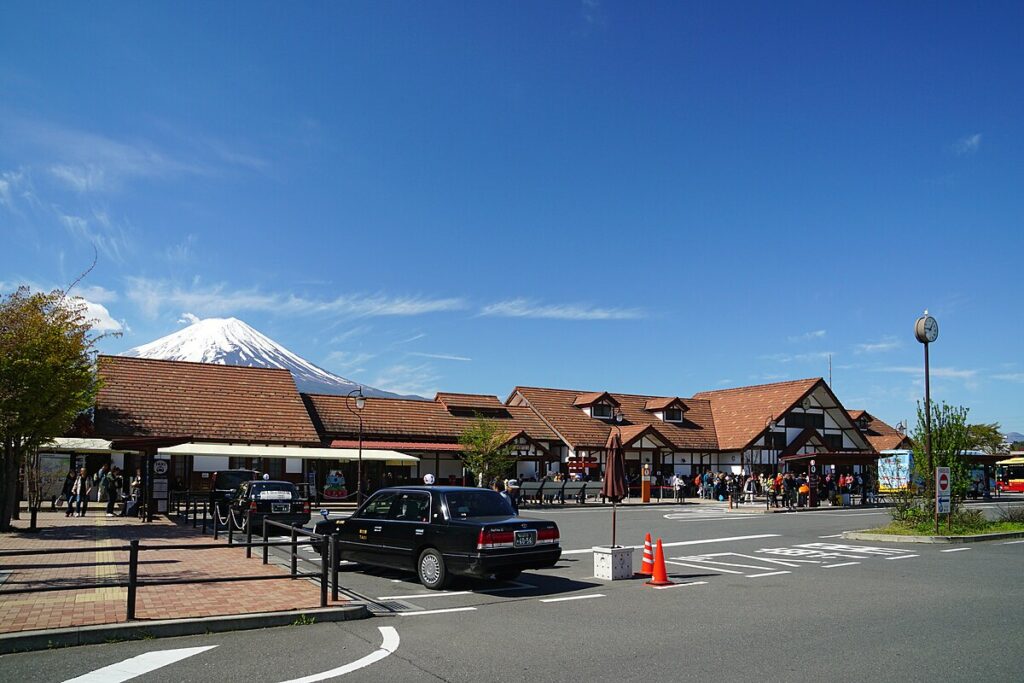
Yes—if you prioritize efficiency:
- Sample Itinerary:
5:30 AM: Depart Shinjuku Station.
7:20 AM: Arrive at Kawaguchiko Station. Rent bikes (¥1,500/day) or take the retro bus to Oishi Park.
10:00 AM: Fuji Subaru Line 5th Station (2,300m elevation; ¥2,000 round-trip bus).
3:00 PM: Return to Tokyo; stop at Gotemba Premium Outlets (open until 8 PM).
No—if you want to hike or relax:
- Stay Overnight:
- Budget: Fuji Lake Hotel (¥8,000/night; onsen access).
- Luxury: Hoshinoya Fuji (¥120,000/night; glamping with guided forest baths).
2025 Update: New Mt. Fuji Visitor Center opens in Kawaguchiko—book free trail permits here.
7.3 How Many Days in Mt. Fuji?
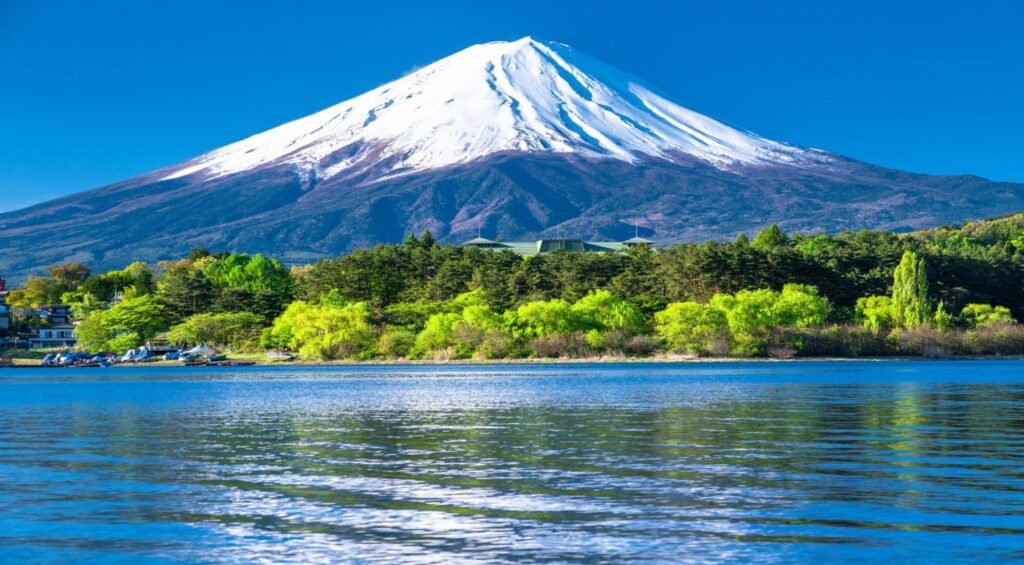
| Days | Activities | Budget |
| 1 | Views, pagoda, onsens | ¥12k–¥20k |
| 2 | Yoshida Trail hike | ¥25k–¥40k |
| 3 | Summit climb, lakes | ¥50k+ |
Safety Protocols:
- Weather Checks: Fuji’s summit can drop to 0°C even in summer. Monitor Japan Meteorological Agency.
- Altitude Sickness: Buy oxygen cans (¥800) at 5th Station shops; ascend slowly.
- Volcanic Alerts: SMS updates via Fuji Disaster Council.
7.4 My Mt. Fuji Mistake (And How to Avoid It)
During my first climb, I ignored weather warnings—only to be stranded in a hut during a hailstorm. Key lessons:
- Pack Smart: Waterproof gear (¥3,000 at Montbell stores), headlamp, and ¥1,000 coins for mountain toilets.
- Guided Tours: Companies like Japan Alpine Club offer sunrise hikes (¥15,000) with insurance.
8. How Much Money Do You Need for 3 Days in Tokyo?
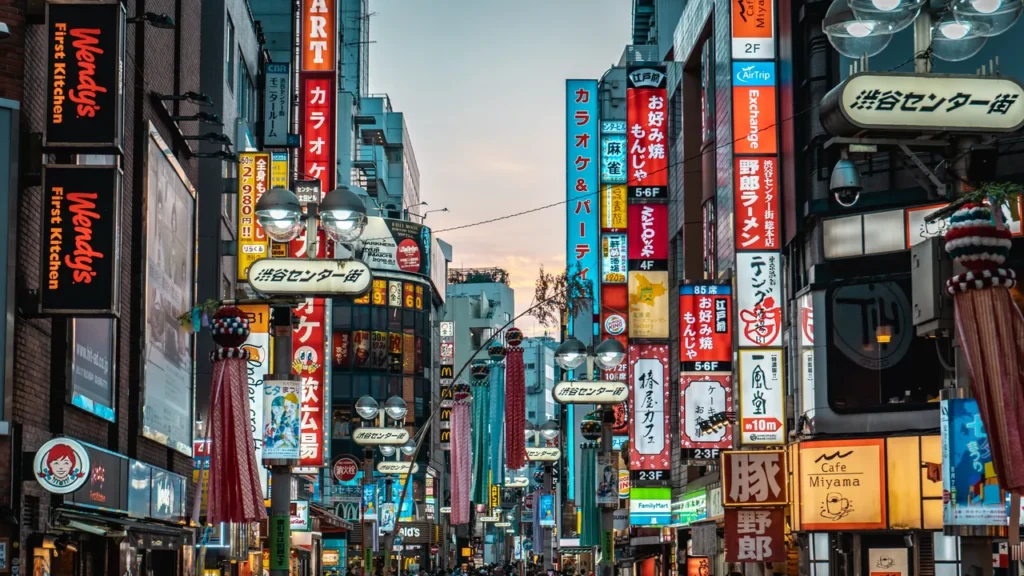
Tokyo’s reputation as a pricey city isn’t entirely deserved—if you know where to splurge and where to save. During my first solo trip here at 19, I blew ¥10,000 on a single sushi meal, only to discover hidden gems like ¥500 ramen stalls.
Tokyo Vacation Checklist
Below, I break down exact costs for 2025, from capsule hotels to metro passes, so you can avoid my rookie mistakes.
8.1 Budget Breakdown: Essentials
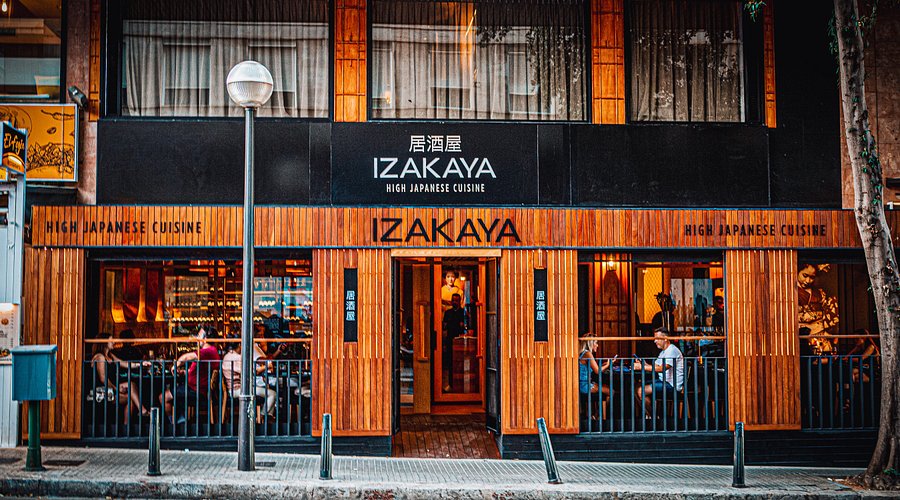
| Budget | Accom./Food | Activities |
| ¥25k | Capsule + konbini meals | Free temples |
| ¥50k | 3-star + izakaya | TeamLab entry |
2025 Updates:
- Tax Increase: Japan’s consumption tax rises to 12% in October 2025—factor this into meals/shopping.
- Tourist Discounts: Flash your passport for deals like Tokyo Metro 24hr Pass (¥800 vs. ¥1,000).
8.2 Where to Save vs. Splurge
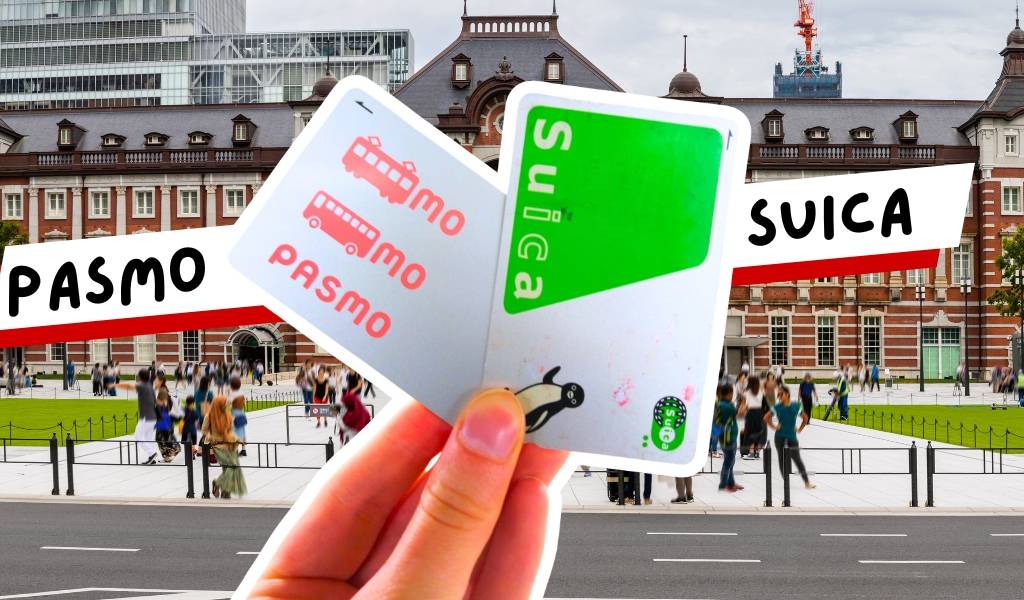
Save:
- Transport: Pasmo/Suica IC cards (¥2,000 deposit; reloadable at stations).
- Food: Department store basements (depachika) sell gourmet bento boxes for ¥1,200.
- Accommodation: Book and Bed Tokyo (¥3,200/night) lets you sleep in a bookshelf.
Splurge:
- Experiences: Sukiyabashi Jiro sushi (¥45,000/person; reserve via Pocket Concierge).
- Views: Park Hyatt’s New York Bar (¥2,500 cover charge; Lost in Translation vibes).
8.3 Safety-First Budgeting Tips
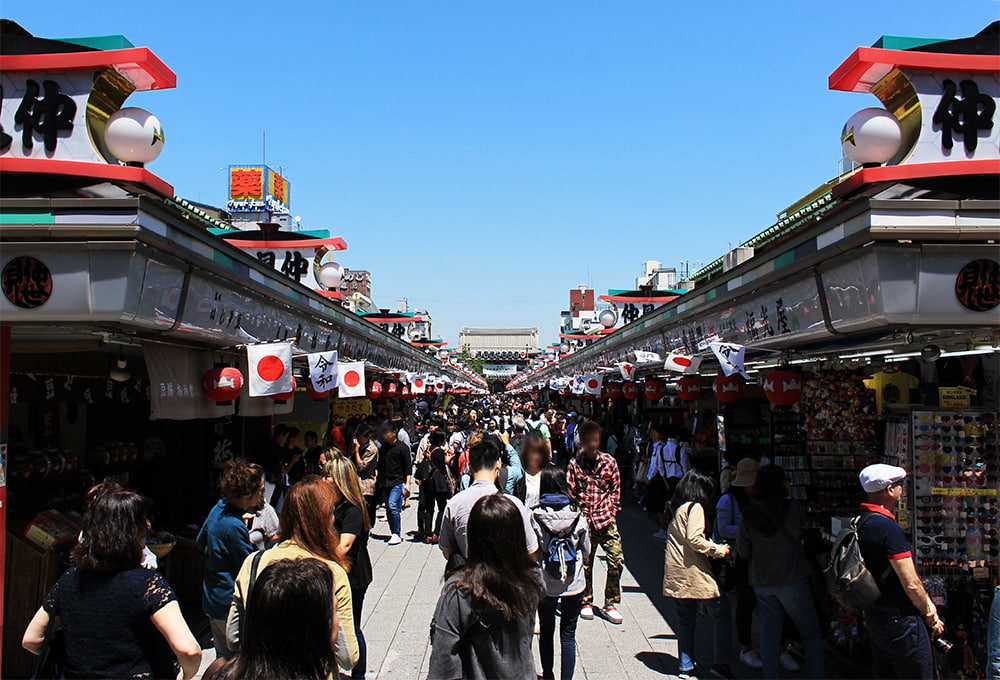
- Cash is King: Many temples/small shops (e.g., Asakusa’s Nakamise) don’t accept cards—carry ¥20,000 daily.
- Avoid Scams: Skip “free” guided tours in Shinjuku; licensed guides charge ¥5,000–¥10,000/day (JGA).
- Emergency Fund: Stash ¥5,000 in a separate wallet for unplanned taxi rides or medical costs.
8.4 Sample 3-Day Budget (Mid-Range)
| Day | Accom. + Food | Activities + Total |
|---|---|---|
| 1 | ¥15k + ¥3k | ¥3.8k → ¥21.8k |
| 2 | ¥15k + ¥5k | ¥1k → ¥21k |
Pro Tip: Use apps like TravelSpend to track expenses in real-time. Use my guides.
FAQs
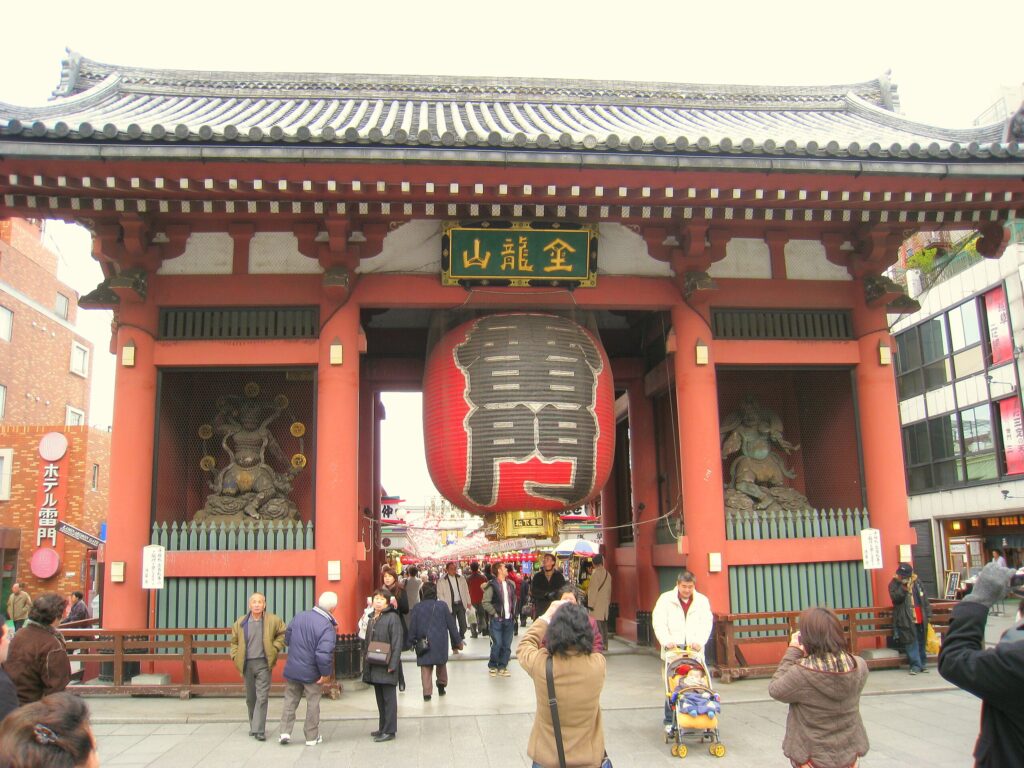
What’s the best area to stay in Tokyo?
First-timers: Shinjuku (transport hub) or Asakusa (cultural vibe).
Shinjuku or Shibuya?
Shinjuku for nightlife; Shibuya for youth culture and iconic landmarks.
Safest areas in Tokyo?
Roppongi (well-lit), Ginza (low crime), Meguro (quiet/residential).
How many days in Tokyo?
Minimum 3 days (highlights), ideally 5-7 days (day trips included).
Is Mt. Fuji a day trip from Tokyo?
Yes: Take the 5:30 AM train, return by evening (2-hour ride).
Budget for 3 days in Tokyo?
Budget: ¥25,000; Luxury: ¥150,000+ (accommodation/meals vary).
Train duration from Tokyo to Mt. Fuji?
Shinjuku to Kawaguchiko: 1h 50m (¥4,130).
